Chinese e-commerce giants make expensive bets on fast deliveries
SHANGHAI – Chinese e-commerce giants Alibaba and JD.com have opened a new front in the ongoing battle for market share, with both expanding aggressively into so-called instant retail centered around delivery speeds of 30 to 60 minutes this year.
Investors will be dissecting the strategy when JD.com reports its quarterly earnings on Tuesday and Alibaba on Thursday, as finding new avenues for growth has proven challenging for China’s largest online retailers.
Their market penetration is already high and prices for goods are under pressure due to a consumer slowdown driven by concerns about employment and wages as well as a prolonged property market downturn.
The new turf war focused on speed is coming at a high cost in the short term as the e-commerce giants look to entice consumers with hefty discounts.
JD.com’s JD Takeaway and Alibaba’s food delivery app Ele.me last month each pledged 10 billion yuan ($1.38 billion) in subsidies. JD Takeaway said it would invest the sum over a year, while Ele.me did not disclose the timeframe.
“The competition is so intense, there’s not a lot of incremental growth opportunities, so everybody is moving into everybody else’s territories and instant retail is the latest example of that,” said Jason Yu, general manager at CTR Market Research.
China’s food delivery market leader Meituan has moved to grow its business by expanding its instashopping platform, which delivers non-food goods within 30 minutes and JD.com announced its entry into food delivery in February.
“In the past people would go to JD.com to buy a mobile phone and they would deliver to you in the same day, then suddenly they could go to Meituan and have the new Apple iPhone delivered within 30 minutes. That posed a direct threat to JD.com and they moved into food delivery in response,” Yu said.
At the end of April, Alibaba expanded its instant shopping portal on its domestic e-commerce app Taobao. That gave users access to restaurants, coffee shops and bubble tea chains available on Alibaba’s Ele.me – China’s second-largest food delivery player behind Meituan – plus many other categories including pet food and apparel.
Alibaba, JD.com and Meituan did not respond to requests for comment.
Subsidised spending on instant retail from Alibaba and JD.com is being welcomed by cost-conscious consumers.
Users on JD Takeaway currently enjoy discounts of up to 20 yuan, or $2.77, per day for deliveries from restaurants including McDonald’s, Haidilao and Burger King. On Taobao’s instant shopping portal, consumers can receive a discount of 11 yuan on a bill of at least 15 yuan.
Liu Qi, 24, a small business owner in Tianjin, said he was pleased when he recently bought a coconut latte on JD Takeaway for only 5.9 yuan.
“I asked the deliveryman and he said he makes 4 yuan per delivery, so essentially, JD.com bought me a cup of coffee and delivered it to my door,” Liu said.
He was even more surprised days later when he bought a coffee on Taobao’s instant shopping portal for only 3.9 yuan. “It was 2 yuan cheaper than JD.com!” he said.
WAR CHESTS
While subsidizing consumer discounts for instant retail is expensive, China’s e-commerce giants have significant cash reserves. As of December 31, Alibaba, JD.com and Meituan had net cash positions of 400 billion, 144 billion and 110 billion yuan respectively, according to Morningstar analysts.
And despite the low margins inherent in the business, a renewed focus on instant retail made sense for JD.com and Alibaba in part because both firms have armies of couriers already at their disposal, analysts said.
That means there is no need for an expensive build-out of delivery infrastructure as would be required for other potential entrants like Temu-owner PDD Holdings PDD.O.
Beijing-based independent industry analyst Liu Xingliang said Alibaba and JD.com were leveraging high-frequency demand for food, coffee and bubble tea to boost lower-frequency demand for clothing, electronics and other higher-margin purchases – betting that if consumers open their apps more often, they might buy more overall.
For JD.com, the expansion into instant retail was particularly important given its traditional e-commerce business appeared to have hit a ceiling, he said.
“It must try to gain market share in new business areas.” – Reuters


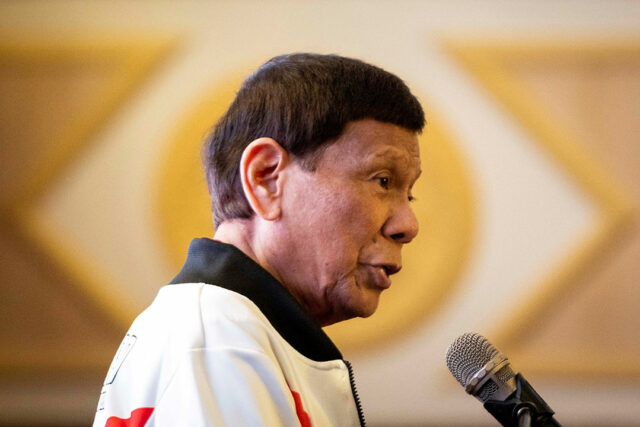
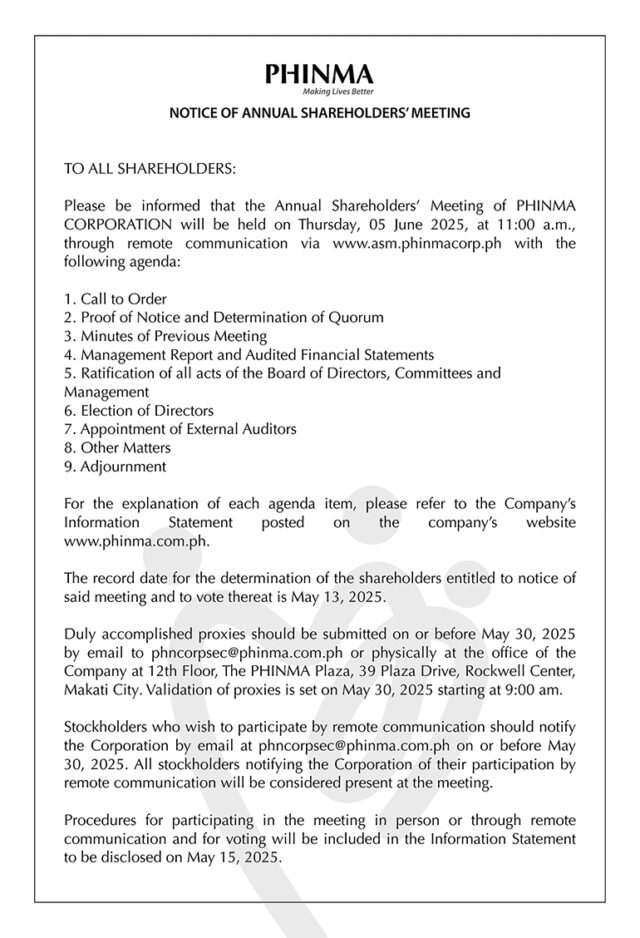

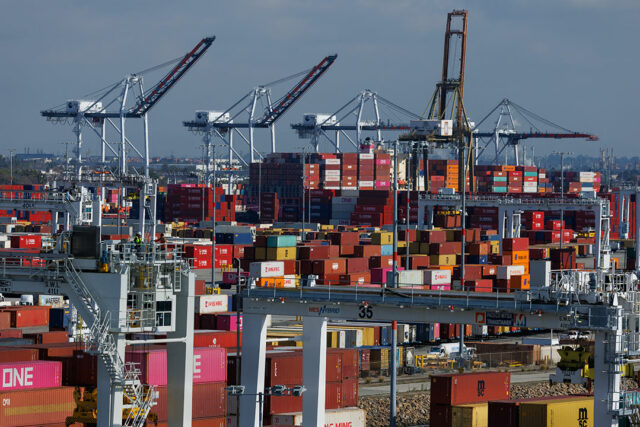


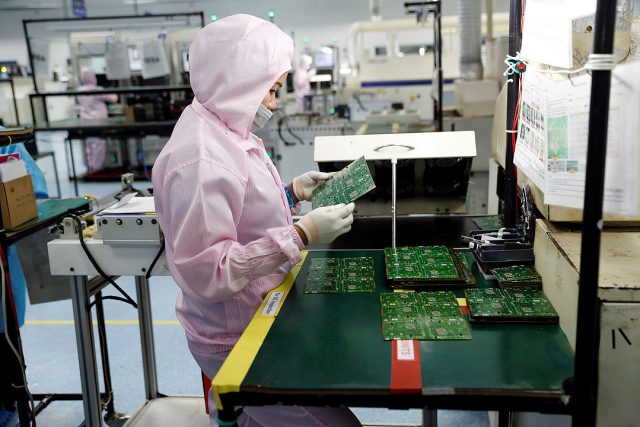

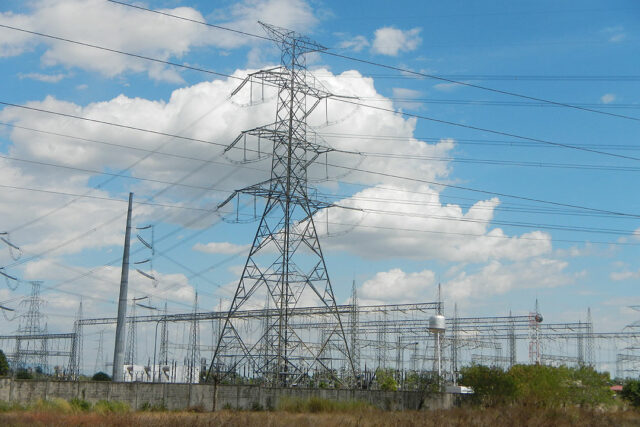




 (Sgd.)
(Sgd.)